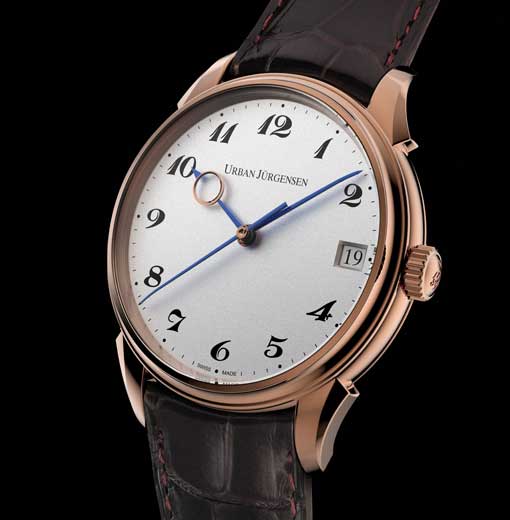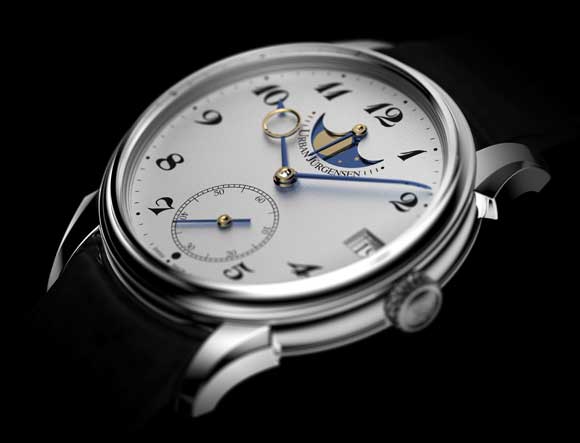All three of the new models presented by Urban Jürgensen at Baselworld 2016 have a grained dial. This alone places the brand in the upper echelons of fine watchmaking, since only the most traditional and respected brands are capable of producing such a finish. Not to be confused with shot-blasting, micro-beading, circular graining or other more modern treatments (see our dossier on different types of treatment for more informationAll three of the new models presented by Urban Jürgensen at Baselworld 2016 have a grained dial. This alone places the brand in the upper echelons of fine watchmaking, since only the most traditional and respected brands are capable of producing such a finish. Not to be confused with shot-blasting, micro-beading, circular graining or other more modern treatments (see our dossier on different types of treatment for more information), graining (or “grenage” in French) is attributed to Abraham-Louis Breguet, who called it “finition grenaillé”. Like most of Breguet’s inventions, this type of finishing was not done for purely aesthetic reasons and had a functional reason: to protect the base metal from rusting.

Breguet used a very dangerous material – mercury – to achieve this frosted effect, and other watchmakers have since used aggressive acids. Such substances have long since been banished from traditional watchmaking workshops, so Urban Jürgensen uses a secret mixture of silver powder, salts and other ingredients to achieve the same effect. But a delicate brushing operation remains the starting point for any grained surface treatment that is done manually. And because each dial is done by hand, no two examples are alike, adding that extra touch of appeal for the collector.
The purest expression of this traditional watchmaking comes in the Reference 2240 in rose gold, with black engraved Arabic numerals, central seconds and date. Atop this are the unmistakable Urban Jürgensen hands, which are made entirely by hand and worthy of an article in their own right (we will indeed come back to the subject of Urban Jürgensen hands at a later date). The asymmetric shape of the solid 18-carat gold “eye” (it tapers towards the outer edge of the dial) is just one example of the insane attention to detail that the brand lavishes on its timepieces. The in-house Urban Jürgensen P4 manually-wound calibre ensures the timekeeping and a 60-hour power reserve.

The new Reference 2340 shares the same case (in white gold) and base movement but adds a small seconds indicator at 6 o’clock and a moon phase at 12 o’clock. Even this seemingly minor change adds a whole new world of complexity to the new timepiece, since all Urban Jürgensen moon phase discs are also hand made, with the two solid-gold, mirror-polished moons being inserted into a mirror-polished, thermally blued base with gold stars that have been inlaid by hand as part of 20 different operations required to produce the disc.
The pièce de résistance of the new collection combines the two highly complex elements of the moon phase disc with the grenage dial with one of the finest watchmaking complications: the perpetual calendar. In a slightly larger 41mm three-part case in platinum, the new Reference 1741 houses a modified version of the P4 in-house calibre with day-date indications at 9 and 3 o’clock respectively and a combined date and leap year indicator at 6 o’clock.








